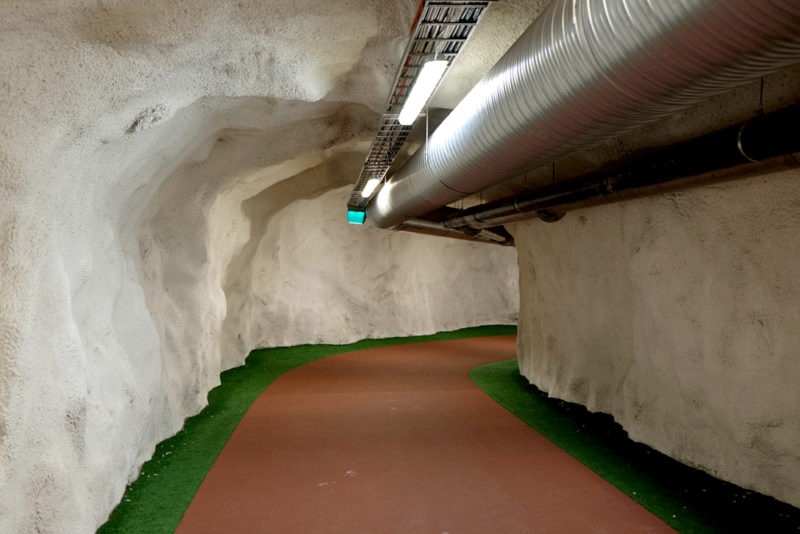22 Jun 2016
Interview
The secret life beneath Helsinki’s bedrock
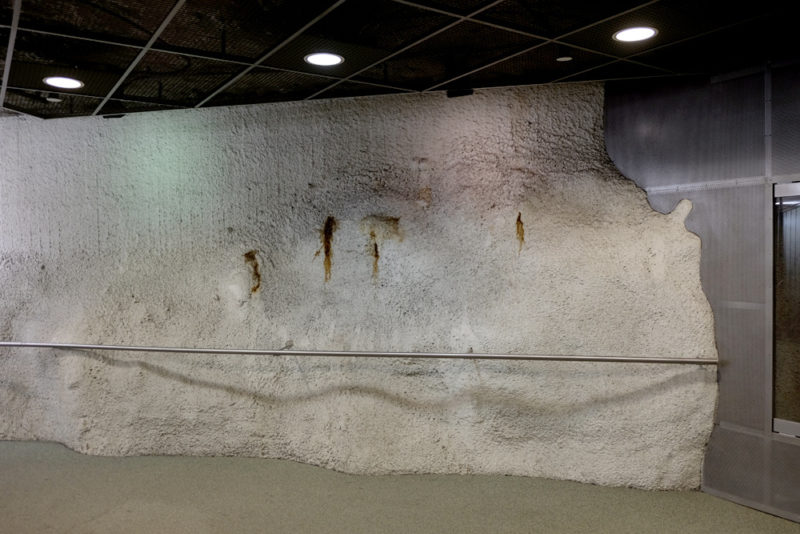
Virginie Laganière and Jean-Maxime Dufresne share an interest in certain means of architectural production as well as mutations that shape our urban territories and their social realities. They have backgrounds in architecture, visual and media arts, making it personally relevant for them to consider various forms of adaptation and how people interact with this over time.
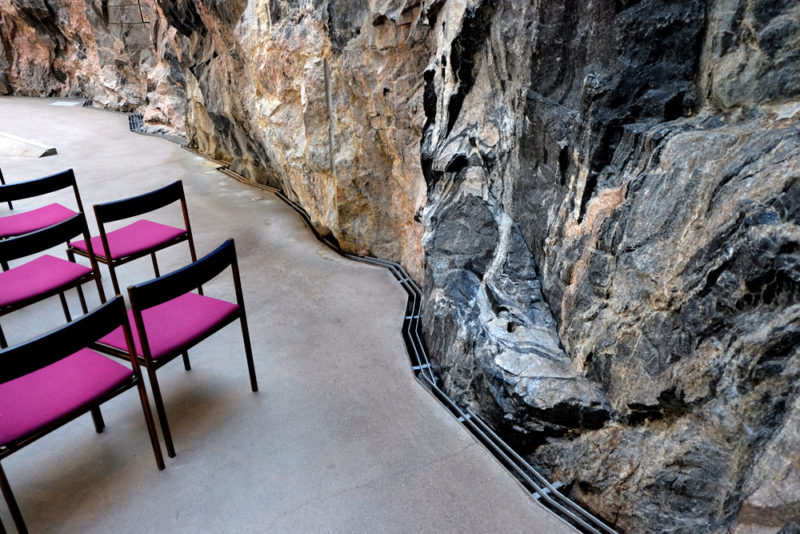
An ongoing project of the artistic duo focuses on post-Olympic research and the investigation of the afterlife of Olympic sites. Virginie and Jean-Maxime are based in Montréal, where the 1976 Olympic games caused some controversy. French architect Roger Taillibert was invited over to design the entire site for the games. Years later, the Velodrome, an iconic piece of architecture and sophisticated cycling venue, was turned into the Biodome, a site containing replicas of four ecosystems found in the Americas, much against the will of its designer. The rebirth of the velodrome as a biodome sparked Virginie and Jean-Maxime’s interest in the life that goes on in Olympic buildings after the games.
The Olympics tend to transform cities drastically and recent trending mechanisms have provoked fiercer forms of social exclusion and ongoing questions concerning the sites’ maintenance. Through the lens of artistic inquiry, their work attempts to nurture unforeseen narratives which might offer resistance to the prevailing Olympic discourse when the Games are being hosted. Virginie and Jean-Maxime have researched Olympic sites in Beijing, Athens, Munich, Sarajevo, Tokyo, Helsinki, Montreal – all entangled in various forms of complexity – and the project still goes on.
In Helsinki, however, Virginie and Jean-Maxime are not currently researching post-Olympic sites. The artist duo, working in Finland for the third time, is instead looking into Finland’s bedrock landscape and how a diversity of carved underground spaces is subtly shaping social, architectural and local identities. They are exploring the raw condition of bedrock as a hotbed for experimentation: a matter charged with speculative potential in respect to future ecologies, adaptive reuse of shelters, urban climatology or Cold War revival. But more importantly, they are drawn to the different readings and mind sets of the people who use the underground spaces. They are conversing with geologists, urban planners, everyday users of the spaces and employees who have a closer connection to the underground experience.
According to reports from Helsinki’s underground masterplan, there are approximately 400 underground facilities and 9 million cubic meters built into the city’s bedrock. There is more going on beneath our feet than we think. So far, they have been to a few of them and are hoping to access more. It is a slow process that requires some coordination from the artists and HIAP, more formal authorizations, but most importantly a relational binding in times when contacting people during the summer months is not the easiest of tasks. A handful of venues have been open and supportive of the project at this point. Temppeliaukio Church, the Wilhelm Tell Archery Club, Vapaan Taiteen Tila and Teatteri Kultsa at Katri Vala’s bomb shelter, the Kontula Skateboard Hall, and the Athletics Tunnel close to the Olympic Stadium have all kindly let them film their premises and involve people there. This process opens up conversations about this seemingly ordinary bedrock condition and what lies underneath it. Most of these spaces could be rapidly turned into shelter at times of emergency. However, Virginie and Jean-Maxime are interested in the everyday, these so-called ‘normal times’. They are interested in the state of mind of people using these often invisible spaces, somehow wishing to dig deeper into their psyche.
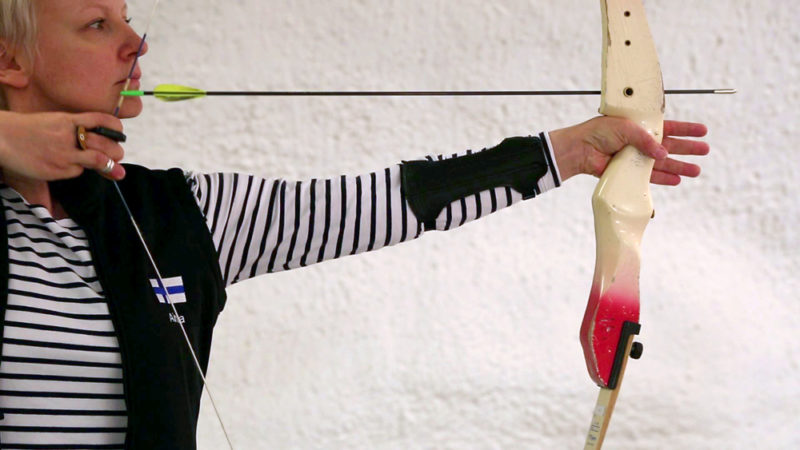
For example, they have been involved with Niina Aintila, a woman instructor who practises archery as a hobby at the archery club, focusing on her composure, concentration and skill set, a slow choreography of sorts: a mental bubble within the already isolated premises of this converted shelter. At Temppeliaukio Church they are looking into the confluence of spirituality, rock architecture and tourism with everyday life, and have managed to arrange a video shoot with the organ player, Leena Tiitu. At the Kontula skateboard hall, they became interested in this youth center operating in a working class and migrant suburban neighbourhood, that connects more directly with the local community.
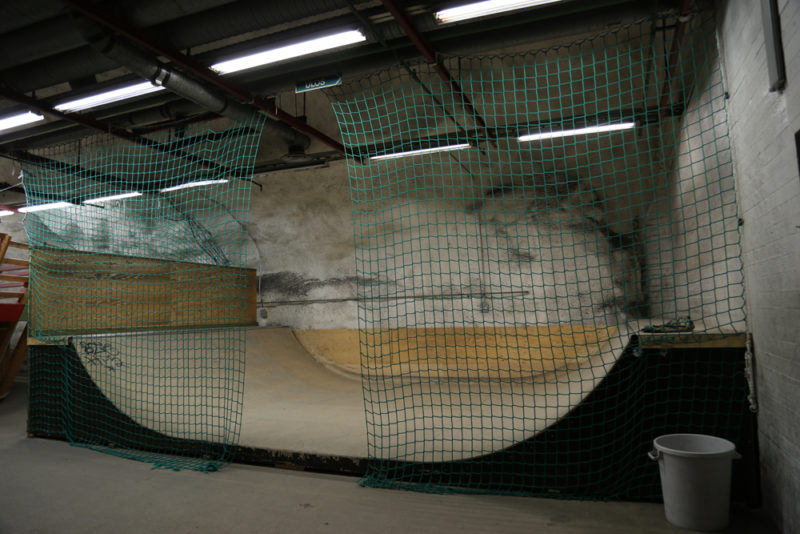
The video piece they are hoping to create is not a documentary, although it may have elements of documentary film making to it. While the project combines photography and video, the images are not entirely identifiable. They are focusing on the imaginary and also the unique feeling of the underground – the sensory deprivation, the cold microclimate, the distorted time factor. To improvise with the spaces’ challenging acoustics and conjure the raw energy of bedrock, they are collaborating with electronic sound artist Jukka Hautamäki, saxophone experimentalist Taneli Viitahuhta and a drummer who will help create a vivid aural imagery.
A tangent idea that Virginie and Jean-Maxime are also investigating is bedrock as a resource. They are taking photographs of rock formations and pondering their excavation potential. There are, in a way, two parts to the project: the rock resources, and the public resources. Their work attempts to unearth things about bedrock and its apparent ‘stability’ to which we might become oblivious, but is for instance embedded in common social behaviours, such as preferring to sit on rocks, unlike most places.
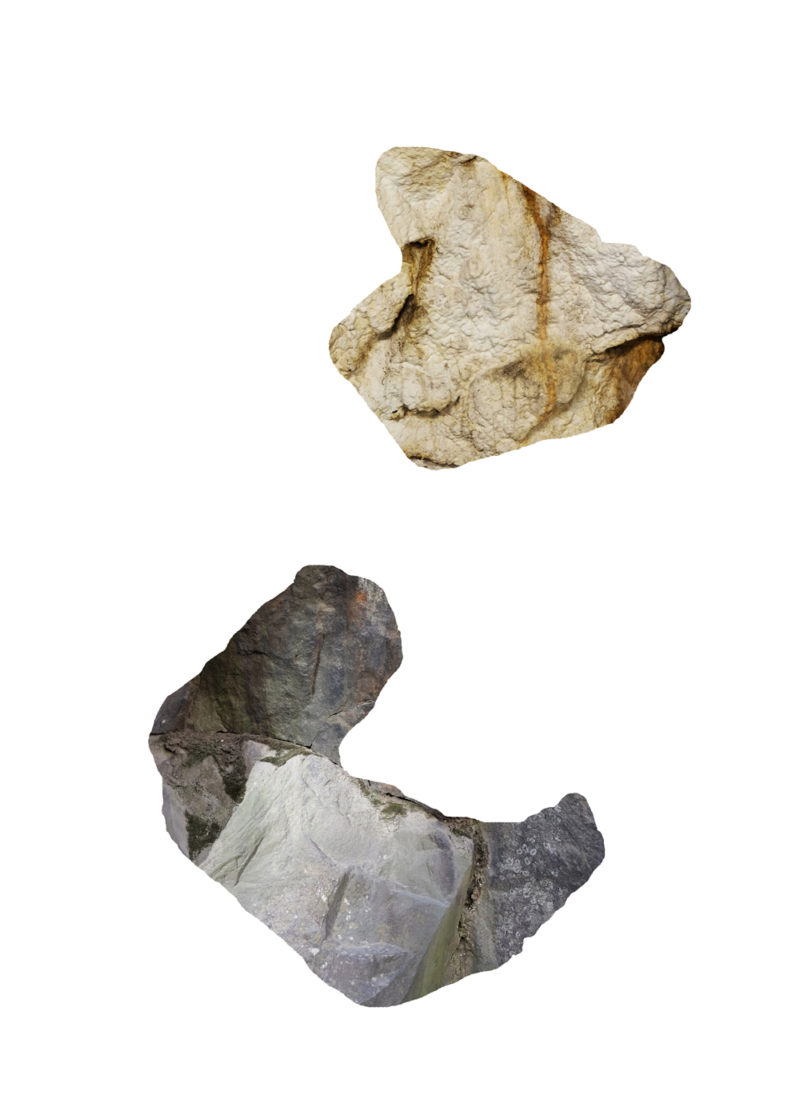
The two artists have already confirmed their participation at a media art festival in Canada at the end of August. At midpoint in their residency their multifaceted project is still evolving, and they are also looking at options of showing the work somewhere in Helsinki, possibly somewhere below ground, of course.
Read more:
http://www.virginielaganiere.com
http://www.hiap.fi/artist/jean-maxime-dufresne
http://www.hiap.fi/artist/virginie-laganière
The text is based on a conversation between Tessa Aarniosuo, Jean-Maxime Dufresne & Virginie Laganière.
The residency at HIAP is supported by the Conseil des arts et des lettres du Québec and the Canada Council for the Arts.
